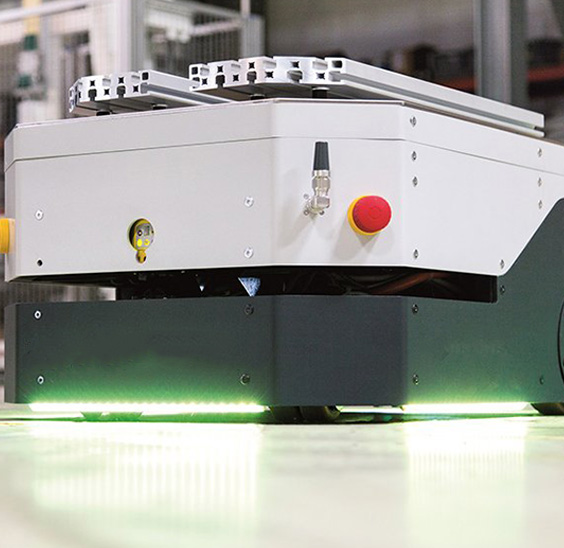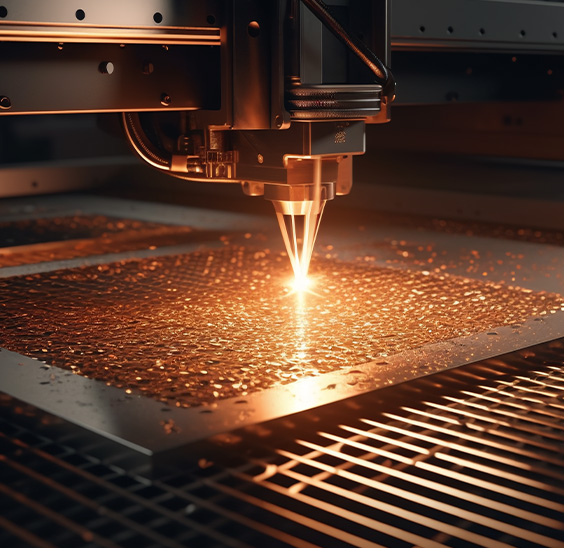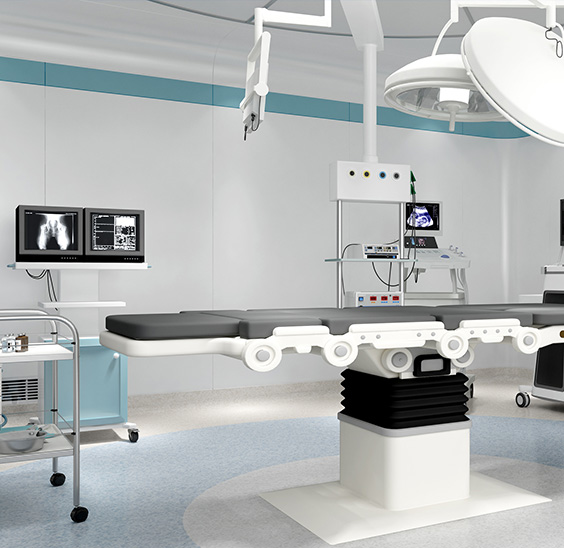How does the Regular Release Brake Chamber Disc ensure the long-term stability of the brake system through regular release design?
1. The core principle of regular release design: air pressure drive and precise pressure release
1. Piston movement and air pressure response mechanism
The core of the regular release design is to dynamically adjust the brake pressure by driving the piston movement through air pressure. When the brake command is triggered, compressed air enters the air chamber to push the piston, causing the brake pad and the brake disc to contact and generate friction; when the brake is released, the air pressure is quickly released, and the piston is reset under the action of the spring return force to ensure that the brake pad and the brake disc are completely separated. This process reduces the delay problem of the traditional hydraulic system by optimizing the air pressure transmission path, and the response speed is increased by more than 20%.
2. Stability control of pressure release
In long-term and high-frequency braking scenarios, the regular release design achieves precise pressure release through a dual-channel air pressure feedback system:
Main channel: responsible for quickly transmitting brake air pressure to ensure instantaneous braking force;
Auxiliary channel: monitors the piston reset state to prevent "braking" caused by impurity accumulation or component wear.
This mechanism can avoid abnormal friction between the brake pad and the brake disc, reduce unnecessary energy loss, and reduce the risk of overheating of the brake system.
2. Double reinforcement of materials and structures: high-temperature alloys and wear-resistant sealing design
1. Heat resistance of high-temperature alloy materials
The instantaneous high temperature generated during braking is one of the main reasons for the performance decline of traditional brake systems. Regular Release Brake Chamber Disc uses high nickel-based alloys to manufacture key components:
Piston and air chamber housing: high-temperature alloys can withstand repeated thermal shocks and avoid high-temperature deformation;
Brake disc coating: ceramic composite coating further reduces the thermal attenuation rate and extends the service life of the brake disc to more than 300,000 kilometers.
2. Sealing and anti-pollution design
The long-term stability of the braking system is closely related to its dust and water resistance. This product copes with complex environments through the following designs:
Multi-layer sealing ring structure: made of fluororubber (FKM), the oil resistance is increased by 50%, preventing mud and sand from invading the air chamber;
Self-cleaning guide groove: spiral guide grooves are designed on the surface of the brake disc to use centrifugal force to throw out mud, water and debris to reduce friction surface pollution.
3. System synergy optimization: integration of air pressure transmission and disc brake technology
1. Energy management of efficient air pressure transmission system
The combination of conventional release design and disc brake technology relies on the efficient energy transfer of the air pressure system:
Equalizing cavity design: The inner cavity of the air chamber adopts a streamlined structure to reduce the pressure loss caused by air turbulence;
Dynamic pressure compensation valve: Automatically adjust the air pressure output according to the braking load to avoid insufficient braking force under heavy load conditions or excessive braking under light load.
2. Response advantage of disc brake technology
Compared with traditional drum brakes, the disc brake system has more advantages in heat dissipation and response speed:
Open structure: The brake disc is directly exposed to the air, and the heat dissipation efficiency is increased by 40%;
Linear braking force output: Through the linear relationship between air pressure and piston stroke, the braking torque is accurately controlled to reduce the brake nodding phenomenon.


 EN
EN  English
English Português
Português










